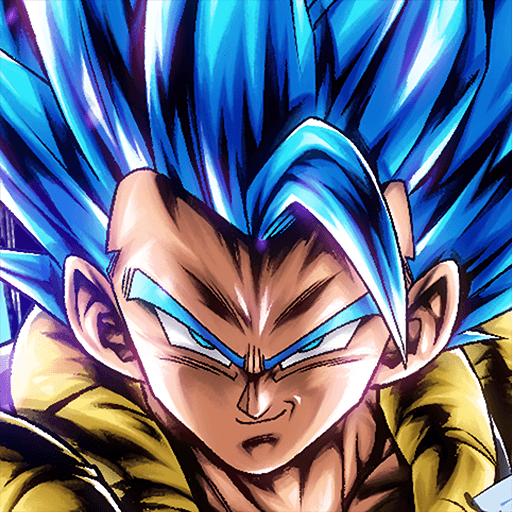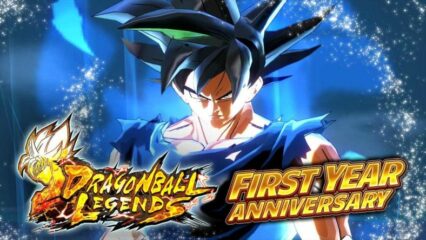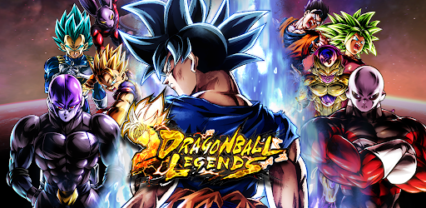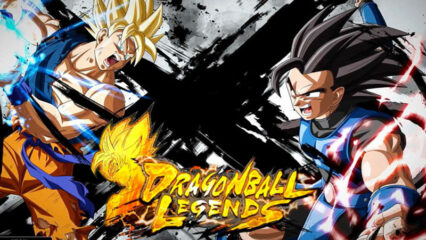BlueStacks' PvP Arena Guide For Dragon Ball Legends
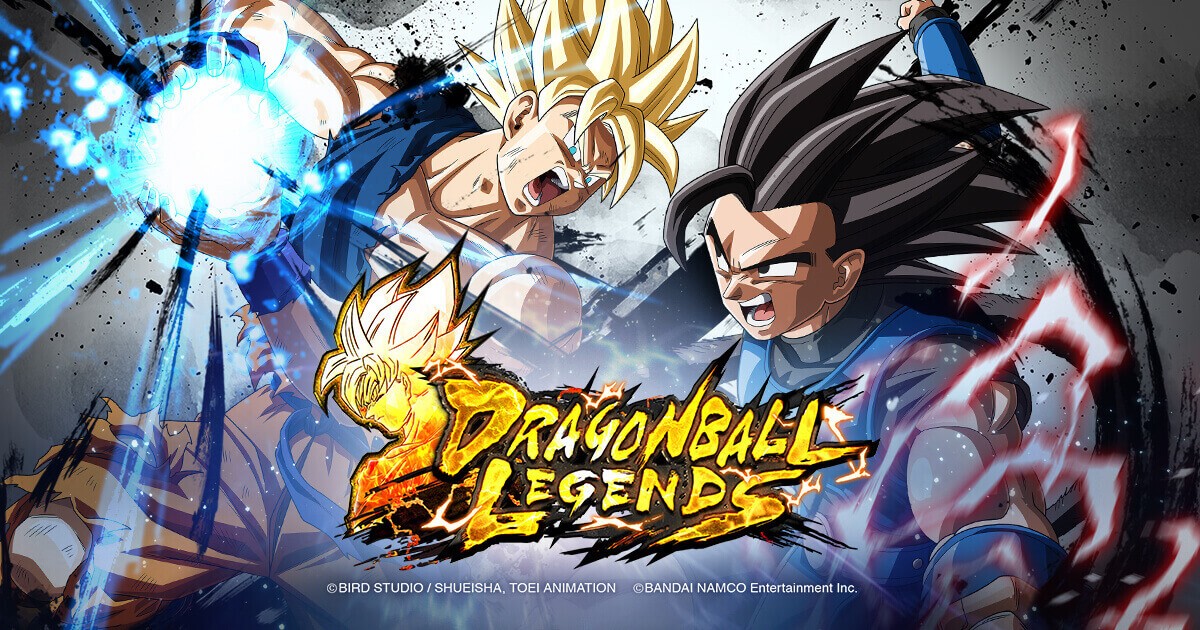
Dragon Ball Legends has a very competitive PvP mode where the most dedicated players get to challenge each other in battles to prove who’s the best. Veterans shouldn’t be the only ones who should enjoy this game mode as a lot of aspiring newbies want to get in on the action as well. However, jumping into the PvP mode might turn out demoralizing if you don’t know what you’re doing. Here are a few tips to help players get the hang of competing in the PvP arena.
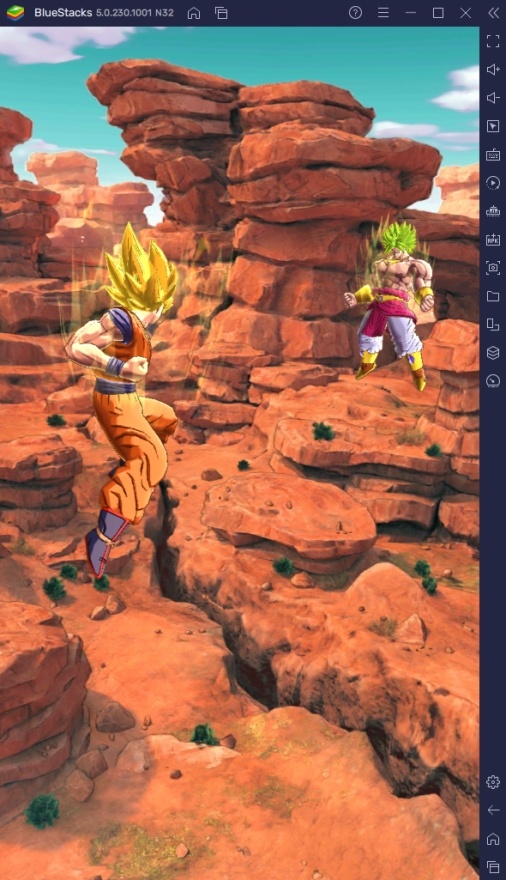
The PvP mode is unlocked right after the player completes the Story Mode Part 1. Although, players need to play up to Part 3 Book 7 if they really want to experience the most competitive game mode which is the Rated Battle mode. In the case of a total beginner, the rated battle will come later when they’ve mastered the basics. There’s no use rushing into a game mode that a player can’t compete in if they don’t at least learn some of the basic strategies in this guide.
Mastering the Vanishing Step
The Vanishing Step is probably the most important skill to master in battle. This skill allows players to dodge the opponent’s attacks to negate the damage from the opponent’s abilities. Vanishing Step is your main defensive ability and is necessary to keep your characters alive and launch counter-attacks against the enemy to turn the tide of battle in your favor. This is probably the one skill that really matters in the game since a master of the vanishing step can beat any opponent.
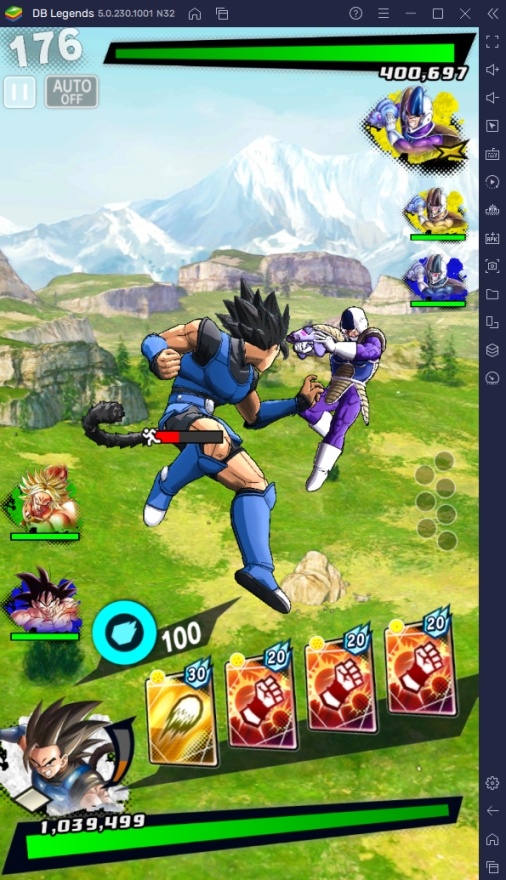
New players should learn how to execute the vanishing step at the right time. If you don’t know how to do it, you just basically swipe Left or Right when your character has an exclamation [!] mark beside their head. Simply dodging attacks won’t be of any help in the arena, players should also learn to immediately launch a counter-attack after dodging. Execute an attack immediately after dodging and make it into a combo move so that the enemy won’t have time to counter you.
Importance of Basic Attacks
Aside from the Arts Cards, characters can also launch basic attacks which don’t cost any Ki simply by tapping at the screen. Basic attacks don’t do a lot of damage but that doesn’t mean that players should totally ignore the importance of using these attacks. It’s pretty easy to exhaust all of a character’s Ki after doing a series of attacks or combos. Without Ki, you can no longer use arts cards to attack the enemy but that doesn’t mean you should just stand and wait to recharge in the meantime.
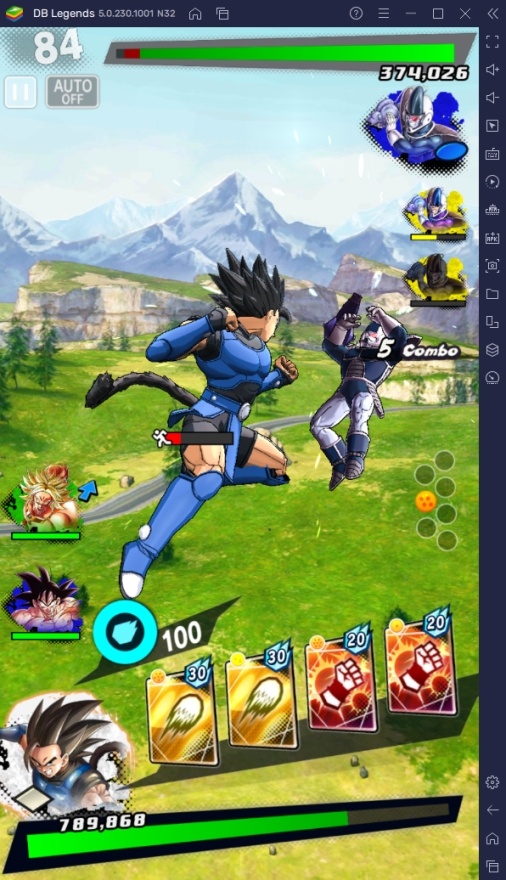
Basic attacks are still a good source of damage and a great way to spend the time while you’re recharging a character’s Ki. Dealing as much damage as possible should be your goal even if the damage seems insignificant. Basic attacks can disrupt the opponent and give you an opening to launch a full combo. You might find yourself appreciating the small damage that you deal when the opponent has only a few hundred HP left and all it takes is one small Ki blast to take them out.
How to Cover Change
Cover changing is another defensive move that’s important to learn to help you become more adept at fighting in PvP. Unlike Vanishing Step, cover changes don’t necessarily negate any damage but prevent potentially fatal ones from eliminating one or more of your characters. It’s always important to keep as many of your characters alive during a fight so that your opponent can get overwhelmed with a numbers advantage during a fight after taking out one of their characters.

The act of Cover Changing is done when the opponent has your character locked in a combo. The player can switch the character during a combo so that the next character will take the damage instead. Be mindful of elemental advantages when making a cover change so that you don’t end up cover changing into a bad element and instantly put your character really low which puts you in a significant disadvantage after the opponent finishes their combo.
Switching at the Right Tim
It’s also a good idea to switch characters in the middle of a fight to gain the upper hand. Depending on your arts cards and the elemental matchup that you have with the current enemy character, you might want to switch into a character that can benefit from your present situation. It’s a good idea to switch when your opponent might least expect it so that they don’t simply respond with a switch of their own that will just put you at a disadvantage during the fight.

Over-switching can also be devastating for you since each character undergoes a cooldown period after getting switched. A good player will notice if the opponent has used up all their switches and goes for the full offensive to take advantage of their mistake. If you don’t have any character to switch with, you might find your character getting pummeled until they run out of HP. Be smart about when to switch and who you switch with to make the most out of the situation.
Choosing Your Starters
Each player is allowed to have a team of 6 characters but can only use 3 of them in an actual fight. Choosing your starters is important to a successful fight. Most of the time, the starters are pre-determined depending on the composition you are running but the other 3 characters might come in handy to counter one of your opponents units. As mentioned in our Characters Guide, there are certain advantages to choosing certain units in a battle.
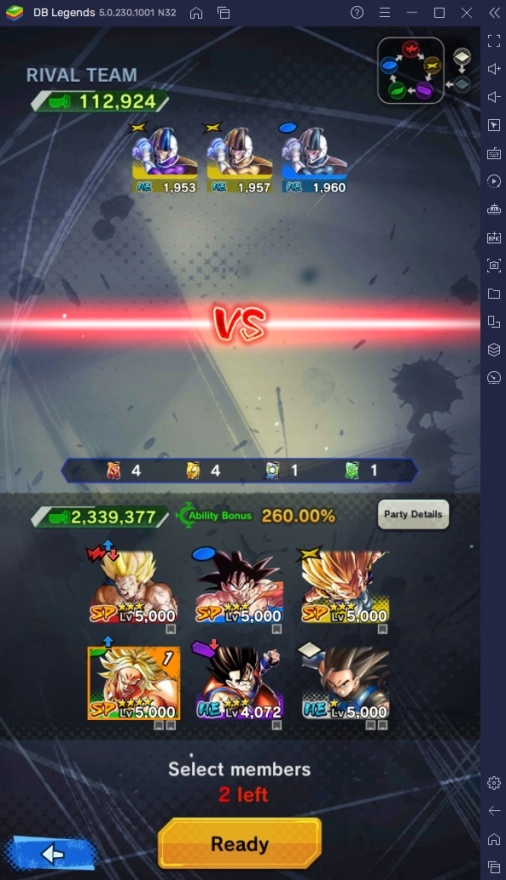
The best way to build a team is to match their Character Tags so that the passive bonuses that each unit has is maximized. This is why a lot of opening units are pre-determined already as they usually work best in most situations. The hardest part is choosing which character from the three starters should go out first since that often dictates the flow of the battle.

